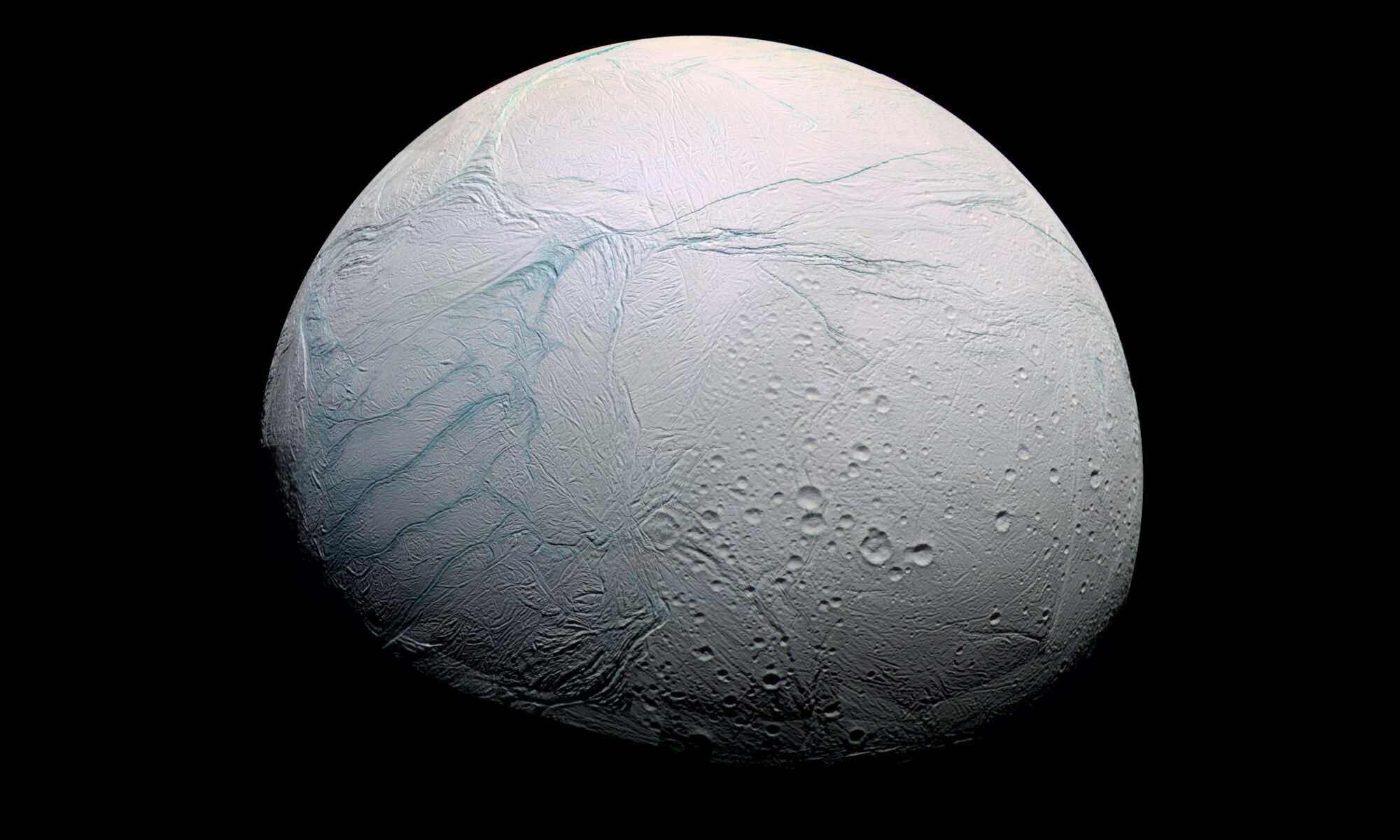We have received an ICEE2 Award from NASA, starting April 1, 2019, to develop application of our core microfluidic analyzer for the analysis of samples from the Europa surface, called the Microfluidic Organic Analyzer for Biosignatures (MOAB).
MOAB is a rapidly maturing miniaturized microfluidic organic chemical and biochemical analyzer that will sensitively analyze Europa surface ice samples for amine, amino acid, and carboxylic acid biomarkers that may be indicative of past or present life. MOAB addresses SMD Science Goals to “explore and find locations where life could have existed or could exist today”.
MOAB directly responds to the Europa Lander Study 2016 Report (SDT Report) [1] and the 2018 Addendum [2] restated level 1 Goal – to search for biosignatures that provide evidence of past or present life on Europa. MOAB will achieve these goals by determining the abundances and patterns of organic biomarker compounds including amines, amino acids and carboxylic acids with a sensitivity of 1 picomole per gram (Objective 1A; Investigation 1A1). MOAB will also determine the types, abundances and enantiomeric ratios of any amino acids in the sample (Objective 1A; Investigation 1A2).
The miniaturized MOAB instrument has size, mass (3400 cc, 2.8 kg) and power requirements that can be accommodated in a variety of ways in the Europa Lander.
